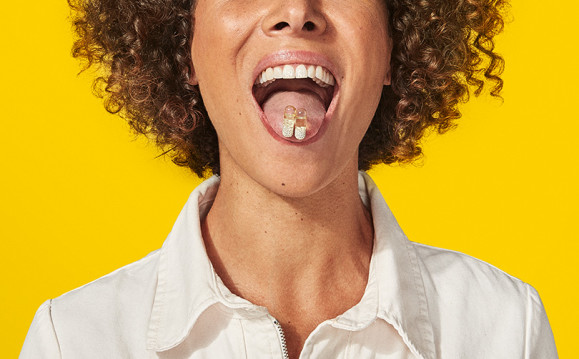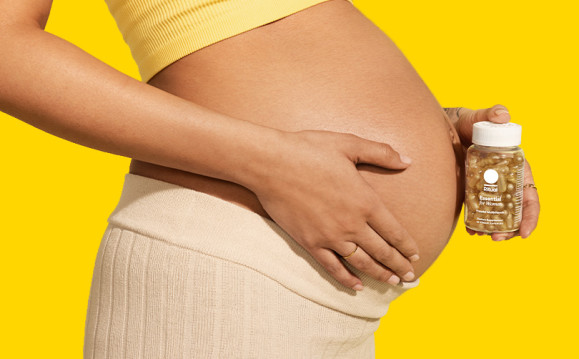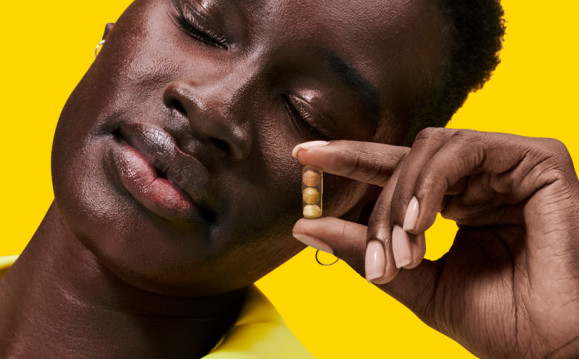What Are the Hormones Involved in Male Reproduction?
Hormones make conception happen. For men, the hormonal sequence revolves around testosterone (the male sex hormone, T) and follicle-stimulating hormone (FSH). T (produced by the testes) and FSH (produced by the brain’s pituitary gland) are both involved in spermatogenesis, which is sperm’s developmental process, and sperm production. (2)
Understanding the Role of Sperm in Conception
Sperm are one half of the conception puzzle: In order for someone to become pregnant, an egg has to be fertilized by sperm.
Sperm have to meet certain parameters so they can make their way to an ovulated egg (3):
• Sperm count and concentration: There needs to be enough sperm for one to be released in the ejaculate. This means there has to be a good number of sperm overall (sperm count), and the sperm have to be close together so there are some in every ejaculation (concentration).
• Motility: The sperm need to be able to move toward the egg.
• Morphology: The sperm need to be the right shape to fertilize the egg.
When sperm have a good count, concentration, motility, and morphology, they are of the appropriate quantity and quality to travel toward the egg. Sperm quantity and quality, however, can be impacted by a number of genetic, hormonal, environmental, and lifestyle factors (we’ll cover these at length in the next section).
Sperm DNA Fragmentation
One issue with sperm quality is DNA fragmentation. Sperm DNA fragmentation is when there are abnormalities in the sperm’s DNA. These kinds of abnormalities can be caused by factors like heat exposure, smoking, environmental toxins, chemotherapy, and problems in sperm development. Having some degree of DNA fragmentation is expected, but having 20-30% or more damaged sperm can make getting pregnant more difficult.
Testing for sperm DNA fragmentation may be recommended before starting fertility treatment for opposite-sex couples (4).
Obstruction
Aside from sperm quantity and quality, sperm need to be able to leave the testicles and travel through the epididymis (tubes located behind each testicle). There are sometimes barriers in the tubes that block sperm’s path. Sperm obstruction can be caused by repeat infections, vasectomy (the surgical blockage of the tubes), and other developmental defects. (3)
Factors that Affect Male Fertility
Let’s take some time to parse the truths from the myths.
Age
Yes, age does factor into male fertility—just not to the same degree it does among women. Sperm parameters begin to decline at age 35, but significant effects typically don’t show up until around age 50. (5) Still, there isn’t a magic cutoff age for conception for men. (6)
Lifestyle
There are several lifestyle factors that researchers have associated with male reproduction:
• Exercise: According to the AUA and the ASRM, regular resistance and/or high-intensity exercise may be helpful for sperm quality. (10)
• Frequency of penis-in-vagina sex: There’s a stubborn myth that frequent ejaculation can negatively impact fertility. The truth is that daily ejaculation has no adverse effect on male fertility—it may even be helpful for people with oligozoospermia (low sperm count or concentration). Experts recommend having sex every other day during the fertile window (the 5 days before ovulation and the day of ovulation). (5)
• Nutrition: As we’ll unpack more in the next section, certain nutrients may support healthy sperm parameters.* (11)
• Smoking cigarettes: There’s no conclusive scientific evidence that smoking cigarettes negatively impacts male fertility. That said, associated decreases in sperm concentration, motility, and morphology have been observed in research among smokers. (5)
• Worklife: Interestingly, physically demanding and changing-shift jobs may be related to better testicular function. But because the research that observed this phenomenon was conducted in a population of fertility clinic patients, further studies are needed. (12)
Another common misconception? That sex positions impact conception rates. Sperm are so fast they can reach the fallopian tubes and travel to an ovulated egg within minutes. (11)
Environment
Many of the popular myths related to environment and male fertility have yet to be conclusively proven by research. This includes wearing specific kinds of underwear and heat exposure. However, there is evidence supporting the belief that certain environmental toxins—like di-2-ethylhexyl phthalate (a plasticizer) and pesticides (pyrethroids, organophosphates, abamectin)—negatively affect male fertility. Job exposure to oil and natural gas extraction can also have an adverse impact. (1)
Diet to Support Men’s Health
Like with all aspects of health, balanced nutrition has its part in male fertility. The ASRM advises that consuming antioxidants—found in fruits and vegetables, —supports healthy sperm parameters.* (10)
According to a 2018 systematic review and meta-analysis, the following nutrients may also promote sperm health (12):
• Carnitines* (found in beef and other foods )
• Coenzyme Q10 (CoQ10)* (found in oily fish, eggs, nuts, and other foods and supplements)
• Omega-3s* (found in fish, seeds, and other foods)
• Selenium* (found in Brazil nuts, fish, and other foods)
• Zinc* (found in oysters, beef, crab, and other foods)











